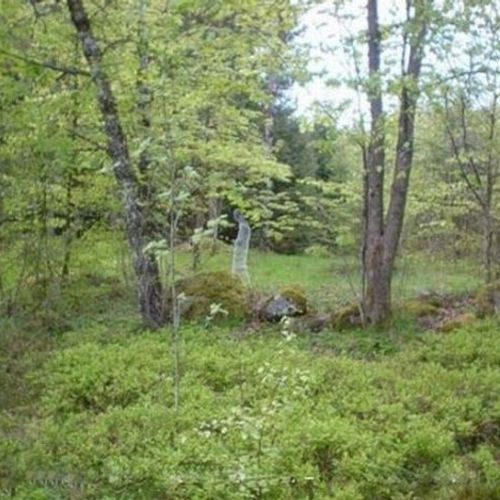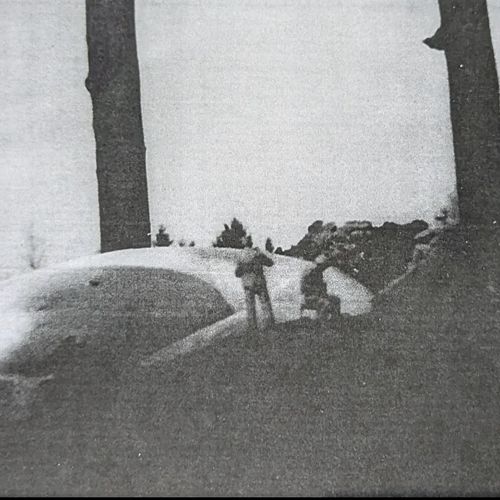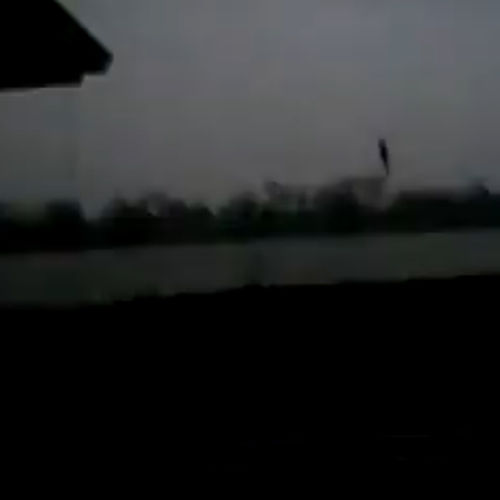| ID | #1522762551 |
| Añadido | Mar, 03/04/2018 |
| Autor | July N. |
| Fuentes | |
| Fenómenos | |
| Estado | Resultado
|
| Currículum |
Datos iniciales
Esta foto, запечатлевшая triangular objeto, en cada esquina se ve el las fuentes de luz, se refiere a la serie de observaciones de objetos voladores no identificados en bélgica, descansado desde el 29 de noviembre de 1989 y abril de 1990, se menciona en la literatura especializada como "el Belga ola de ovnis".
Por lo general indican que apareció en abril de 1990, y se quitó veinte años de trabajo por el nombre de patrick Марешал (Patrick Marechal). Es la más famosa fotografía de aquel caso.
Traducido del servicio de «Yandex.Traductor»
Noticias originales
“Mr. P. M. is a young worker (turner). The photo was allegedly made at the beginning of April 1990 (4 or 7 probably). The photographer’s girl friend saw the object and gave him notice. He had a roll nearly finished in his apparatus and made the two last (numbers 35 and 36). Then he sent the roll to a lab which was offering cheap prices. When the roll came back, only 35 was good, there was practically nothing on 36. P. M. showed the 2 photos to several people working with him (they have been found back and have confirmed), and then threw away number 36. One of his colleagues, Mr. L. R., spoke to a press photograph, who bought the copyright (Mr. L. R. and other colleagues have confirmed this part of the story). Then the photo appeared in the press (a couple of months after it had been made).”[footnote 1]
Kodak 200 ASA film, Praktika BX20 with Cokin 1A skylight filter on zoom setting, exposure 2 seconds at f4
———————————————
Comments from Mark Cashman:
This is a fascinating photograph. Unfortunately very limited details are available about the sighting or the photographer. For instance, it would be interesting to note to what degree the appearance of the light on the object corresponded to the wispy appearance of that light in the photograph. Questions have been raised about whether the photograph is a hoax – obviously only detailed information about the photographer can qualify this. However, if it is a hoax, it is difficult to determine how it was made, and, particularly, how the unusual texture of the lighting was achieved. If not a hoax, this is a photograph which reveals many details of UFO luminosity, and it must be considered essential to an understanding of that subject.
Assuming the photograph to be real, the luminosity seems to show a core brightness with a smooth contour. This core is enveloped in a semi-transparent luminous envelope, which varies in brightness and opacity. These variations seem to take the form of “ribs” of irregular but somewhat periodic spacing.
The object may be making a rotational turn, pivoting approximately on a point between the center light and the point at the top of the photo. This would account for the apparent twist of the striations on the top and front areas, and the linear appearance of the bottom striations. The camera may not have been perfectly steady during the exposure which may have caused the jagged appearance of some of the striations, especially at the nose, or the nose may have wobbled during the manuever. However, the irregularities are not as parallel as they would be if they were completely generated by a camera movement or a smooth movement of the object. This may indicate that the striations themselves varied over the time of the exposure. One strand in particular seems to be separated from the rest of the luminosity.
Hipótesis
Falsificación deliberada

Esta versión incluye cualquier falsificación que imite fenómenos inexplicables como desde el exterior: bromas, flashmobs, noticias falsas, engaño de testigos, escenificaciones, etc.
Hay muchas maneras de hacer algo similar a un fantasma o un platillo volador con materiales improvisados, sin usar videos y fotomontajes.
Muchas cosas caseras hechas para una broma, una broma o una imitación directa de un ser o evento místico pueden confundirse con algo inexplicable no solo en fotos y videos, sino también en la realidad.
Investigación
El 26 de julio de 2011, el periodista belga de noticias de la edición de RTL ha entrevistado a patrick Марешаля (Patrick Marechal), donde se reconoce en el engaño.
Traducido del servicio de «Yandex.Traductor»
Currículum
Falsificación deliberada

Esta versión incluye cualquier falsificación que imite fenómenos inexplicables como desde el exterior: bromas, flashmobs, noticias falsas, engaño de testigos, escenificaciones, etc.
Hay muchas maneras de hacer algo similar a un fantasma o un platillo volador con materiales improvisados, sin usar videos y fotomontajes.
Muchas cosas caseras hechas para una broma, una broma o una imitación directa de un ser o evento místico pueden confundirse con algo inexplicable no solo en fotos y videos, sino también en la realidad.
Hechos similares
Inicie sesión o regístrese para comentar






